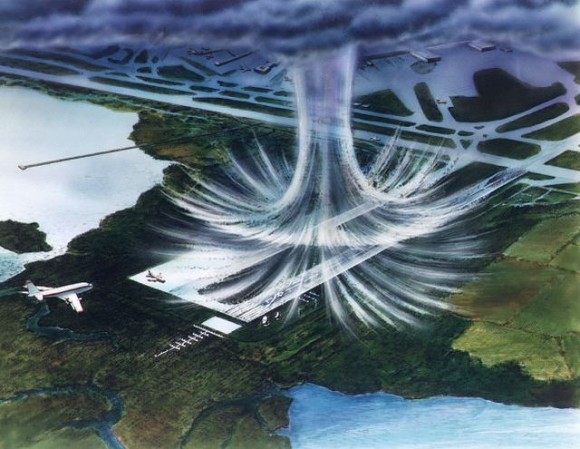The Reno/Sparks area in Nevada got a powerful microburst around 6 p.m. on July 1, 2014. The microburst – produced from nearby thunderstorms – created wind gusts to 71 mph. This timelapse video was taken from 2 to 7 p.m. with images every 30 seconds. A super dry airmass below the clouds with humidity of only 5-8% contributed to an environment favorable for microbursts.
What is a microburst? They are downward directed pulses of wind from thunderstorms that slam into the ground. According to the National Weather Service (NWS), to be called a microburst, a downdraft (sinking air) has to be less than 2.5 miles (4 km) in scale. NWS says:
Some microbursts can pose a threat to life and property, but all microbursts pose a significant threat to aviation. Although microbursts are not as widely recognized as tornadoes, they can cause comparable, and in some cases, worse damage than some tornadoes produce. In fact, wind speeds as high as 150 mph are possible in extreme microburst cases.
Visit this National Weather Service page for details on how microbursts develop.

Bottom line: This short timelapse video of a microburst in the desert, with images every 30 seconds, makes you feel nature’s power.











